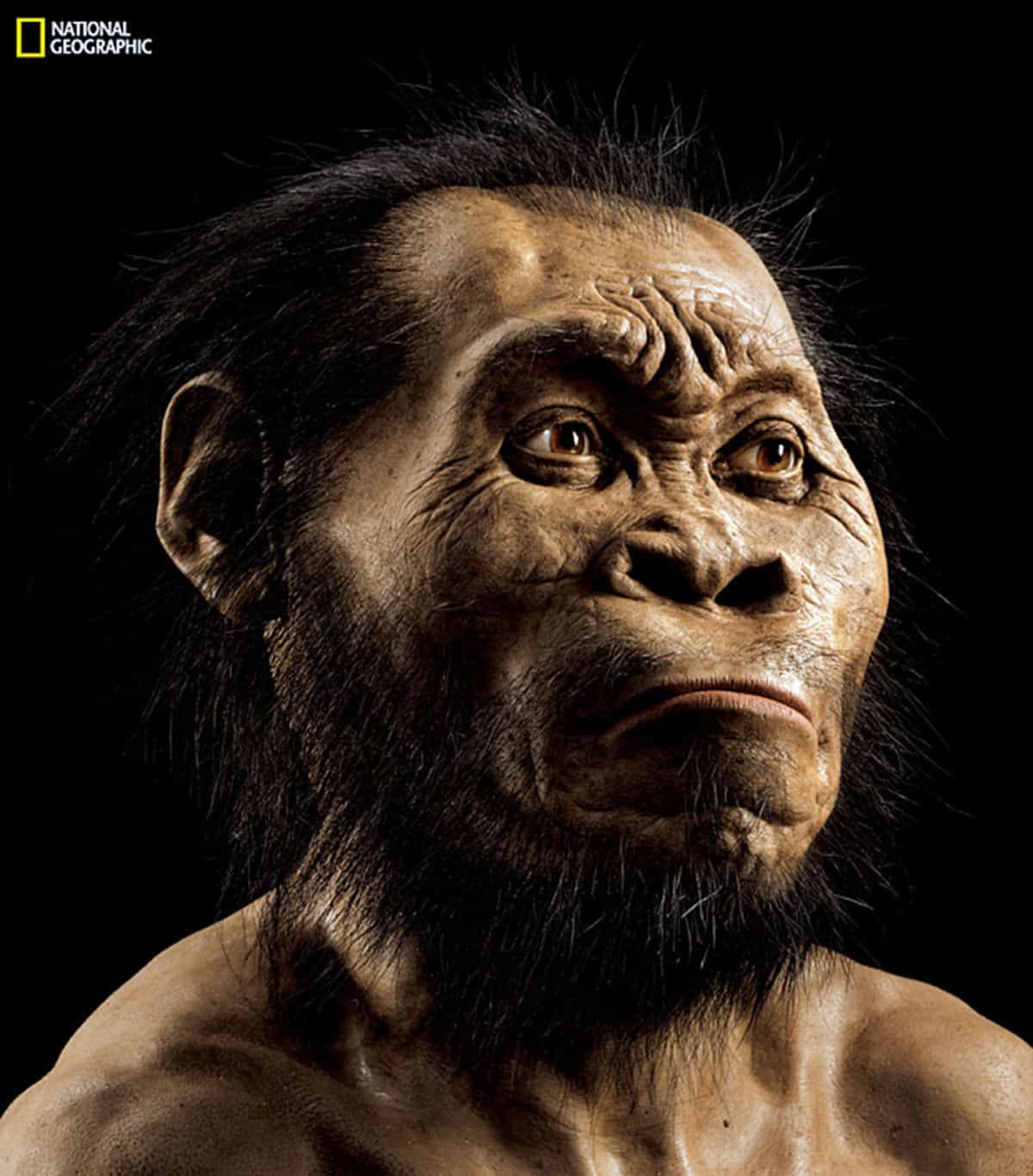
ADVERTISEMENT - CONTINUE READING BELOW
14. A Discovery That Changed Assumptions About Primitive Hominids’ Intelligence
The condition and placement of the Homo naledi bones overturned long-held assumptions about the behavior of primitive hominids. The bones lacked the kinds of gnaw marks by a wild beast that would indicate that they had been dragged into the cave by carnivores. They were also located deep in a shaft, where they were unlikely to have ended up by accident. As such, it became clear that the bones had been deliberately placed in the cave by other Homo naledi individuals. In other words, they were buried.
It was not the earliest known burial: an archaeological find of twenty-eight skeletons, roughly 430,000 years old, had been discovered years earlier in a Spanish cave. However, the Spanish skeletons came from a big-brained Homo species that looked and behaved much like modern humans. Homo naledi on the other hand had a brain half the size of ours, and could not have been mistaken for a modern human. However, its burial practices demonstrated that its individuals understood mortality and the concept of something after death. That squashed the notion, widespread until then, that such notions and behavior required big brains, and forced a reexamination of early hominids’ culture and intelligence.

